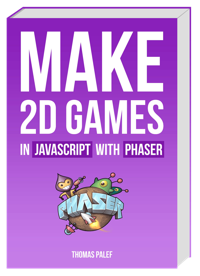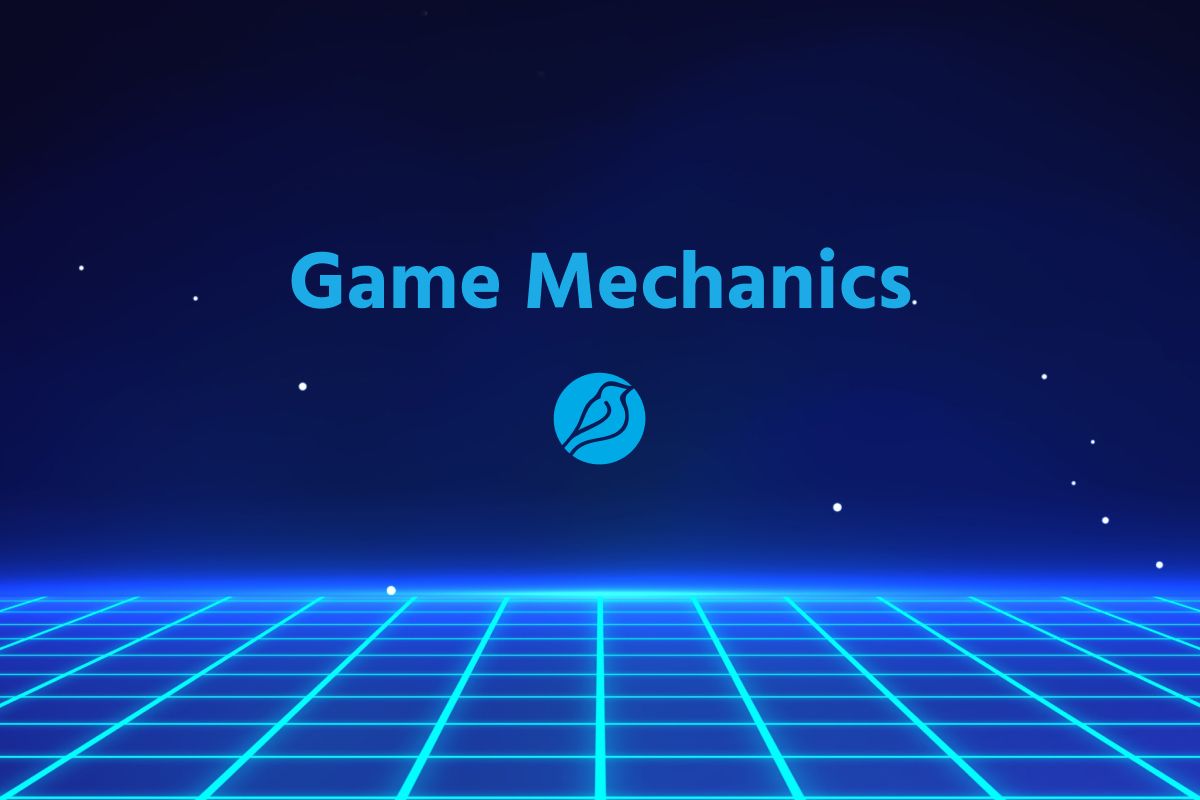After spending 300+ hours reverse-engineering mechanics across shooters, RPGs, and sandboxes (from EA DICE’s parkour to Capcom combo systems), I finally built a repeatable process that turns “I think this feels good” into creator-ready content that performs. This is the guide I wish I had the year I wasted making generic videos that nobody finished. If you follow this, you’ll ship mechanic-focused tutorials in 3-5 hours, deeper analysis pieces in 6-10, and a steady stream of shorts to keep your channels warm between uploads.
What you’ll accomplish and why it matters
You’ll learn a field-tested workflow to identify a game’s core loop, dissect its mechanics (movement, combat, progression, crafting, economy, etc.), and package them into clear, monetizable content. The payoff: higher retention from crisp explanations, faster production time, and content that survives balance patches because it teaches fundamentals, not just patch cheese.
- Time: 3-5 hours for a basic tutorial; 8-12 hours for full guides; 6-10 for analysis; 2-4 for mechanic-focused streams
- Difficulty: Medium (first two runs feel slow; your third becomes plug-and-play)
- Best for: Gaming journalists and creators covering AAA (Epic Games, Nintendo, CD Projekt Red) and indies (ConcernedApe, Mojang) who want substance over hype
Prerequisites (the lean setup I actually use)
- One current title to study (e.g., Fortnite for building+BR, Devil May Cry for combat mastery, Stardew Valley for resource loops)
- Patch note tracker (in-game news + your own running notes)
- Capture at 60 FPS minimum; record inputs on screen if possible
- A “Mechanics Log” doc with these fields: Loop, Inputs, Numbers, Fail States, Tips, Content Hooks
- Basic editor with speed ramping and text overlays
Step-by-step: from raw gameplay to creator-ready pieces
Step 1 – Snap the Core Loop (30-45 min)
My breakthrough came when I stopped “playing around” and started timing the loop. Every great piece starts with knowing the repeatable rhythm players live in.
Step → Action → ResultIdentify loop → Play 3 cycles focusing only on what repeats (e.g., loot → rotate → fight in Fortnite) → A one-sentence loop you can open a video withTime it → Measure average duration and key beats → You get edit anchors for B‑roll and pacingName friction → Note where new players fail → You find tutorial chapters
Don’t make my mistake of describing everything. Describe what repeats. If you can’t say it in a sentence, you don’t have the loop yet.

Step 2 – Map the Mechanic Stack (45-60 min)
I group mechanics into layers: Movement, Combat, Resources, Progression, Crafting/Building, Exploration/Puzzles, Economy, Multiplayer Interaction. Pick the two that most shape the loop.
- Movement: Mirror’s Edge momentum (EA DICE) → teach chaining vaults + lines
- Combat: Devil May Cry (Capcom) style meter → teach input buffering and cancels
- Resources: Stardew Valley (ConcernedApe) energy and time → teach route planning
- Crafting/Building: Minecraft (Mojang) → teach early tool priorities, layout logic
- Progression: The Witcher 3 (CD Projekt Red) → teach build synergies, not just levels
- Exploration: Breath of the Wild (Nintendo) → teach physics principles that generalize
- Economy: EVE Online (CCP Games) → teach market mechanics and risk management
- Multiplayer: Fortnite (Epic Games) → teach decision trees under pressure
Step → Action → ResultPick 2 layers → Choose the most impactful on success/retention → Clear focus for your pieceExtract numbers → Cooldowns, stamina costs, damage breakpoints → Objective tips viewers trustDocument fail states → List 3 common mistakes per layer → Instant “What not to do” section
Step 3 – Run a 30-Minute Mechanics Lab (30-40 min)
This is my speed secret. I sandbox the mechanic and film only drills. No full matches unless testing decisions under chaos.

- Shoot a 5-minute movement drill (lines, timing windows, recovery options)
- Shoot a 5-minute combat drill (one combo family, one defensive option)
- Shoot a 5-minute resource drill (route, inventory, upgrade choice)
- Record inputs or on-screen controller to demystify execution
Step → Action → ResultIsolate → Use training rooms or safe zones → Clean footage that teaches, not entertains by accidentRepeat 3x → Record best attempt + one failure → Authentic tutorial with troubleshooting baked in
Step 4 — Choose the Format Trio (10-15 min)
What finally worked was planning three pieces per mechanic: a short, a tutorial, and an analysis. This spreads effort and multiplies ROI.
- Short (30-60s): Hook + drill + single tip; great for TikTok/Reels/Shorts
- Tutorial (6-10 min): Intro loop → how it works → drills → mistakes → CTA
- Analysis (8-12 min): Why devs designed it this way; trade-offs; counters; patch implications
Step → Action → ResultMatch platform → Controller aim assist vs mouse precision → Platform-specific tips boost comments and savesSet timebox → 3-5h tutorial, 6-10h analysis → Realistic schedule that you can sustain

Step 5 — Outline with the 6-Beat Sheet (20-30 min)
- Beat 1: Cold open payoff (“Land 90% dashes with this timing window”)
- Beat 2: Core loop in one sentence
- Beat 3: Mechanic explained with numbers (cooldowns, frames, stamina)
- Beat 4: Drill with on-screen inputs
- Beat 5: Top 3 mistakes and fixes
- Beat 6: CTA (next mechanic, build guide, or community challenge)
Step → Action → ResultBullet beats → Write lines you’ll say verbatim (hooks, numbers) → Faster edit and fewer re-shoots
Step 6 — Edit for Clarity Over Flash (60-120 min)
- Use speed ramps only to highlight timing
- Add minimal text: inputs, numbers, success indicator (“You’ll know it worked when the style meter holds S”)
- Side-by-side: correct vs wrong execution
- Caption platform differences (e.g., “Console aim assist reduces micro-corrections — adjust drill pace”)
Step → Action → ResultOverlay inputs → Use simple controller HUD → Beginners copy success fasterCut fluff → Aim for a tip every 15-20 seconds → Higher retention and watch time
Step 7 — Publish, Measure, Iterate (30-40 min over 48h)
- Title template: “Mechanic → Outcome → Proof” (e.g., “Stardew Route that Doubles Spring Profit — Day 7 Results”)
- Thumb: one verb + number (Dash, +20%, 3 Inputs)
- Pin a comment with timestamps and platform notes
- After 48h: check retention dips → rewrite that section next video
Step → Action → ResultCollect questions → Turn top 3 into Shorts → Efficient content flywheel
Troubleshooting from my own faceplants
- Problem: Video feels generic. Fix: Lead with a number or timing window. “Hold jump for 0.2s longer to keep momentum.” Specifics build trust.
- Problem: Mechanics change every patch. Fix: Teach principles, then add a 60s patch follow-up. Maintain one “living” playlist per game.
- Problem: Hard to visualize. Fix: Use freecam or slow-mo at 50% with an on-screen timer; add ghost overlays for pathing drills.
- Problem: Platform wars in comments. Fix: Record one drill on controller, one on mouse; call out settings that normalize feel.
- Problem: Scope creep. Fix: One mechanic per video. If you mention another, promise it next and link it later.
- Problem: Late to trends. Fix: Subscribe to in-game news, record a 2-minute explainer within 6 hours, then publish the polished tutorial in 24-48 hours.
- Problem: New players get overwhelmed. Fix: Difficulty ladder. End each video with “If this was hard, do Drill A for 5 minutes daily.”
Advanced optimization (when you want to go pro)
- Niche first, broad later: Cover a unique mechanic in an indie (e.g., a Stardew min-max day route) before chasing AAA metas. Easier to rank, easier to own.
- Mechanics database: Track game, mechanic, numbers, drills, patch changes. This becomes your script bank and newsletter fodder.
- Dev-aligned content: Reach out with a concise findings doc. I’ve gotten clarifications that made my videos the canonical reference.
- Format stacks: Tutorial → Analysis → Challenge → Stream lab. Four pieces from one research block.
- Analytics to topics: Sort by Average View Duration. If movement beats combat, prioritize a movement series.
- Repeatable series: “60-Second Mechanics” for Shorts; “From Bronze to Gold” for skill ladders; “Patchnote Punchlist” weekly.
- A/B titles for analysis pieces: version A outcome-first, version B curiosity-first. Keep the better CTR style for that game.
Examples: how I’d frame mechanics by genre
- Movement (Mirror’s Edge): “3 Parkour Lines Beginners Can Master in 20 Minutes” → teach momentum preservation; time estimate: 3-5 hours to produce.
- Combat (Devil May Cry): “From C to S: Input Buffering and Jump Cancels Explained” → side-by-side inputs; 6-8 hours.
- Resource/Economy (Stardew/EVE Online): “Spring Day 1-7 Route for 20k Gold” or “Safe Hauling 101: Collateral and Risk” → spreadsheets optional; 5-8 hours.
- Crafting/Building (Minecraft/Fortnite): “Starter Base That Scales to Day 30” or “Box Fight Building Drills for Controller” → drill cuts; 4-6 hours.
- Progression (The Witcher 3): “Crit Bleed Build: Skills, Gear, and When It Spikes” → principle-based, patch-resilient; 6-10 hours.
- Exploration/Puzzles (Breath of the Wild): “Five Physics Rules That Solve 80% of Shrines” → universal, evergreen; 3-5 hours.
TL;DR — The fast path
- Define the loop in one sentence and time it.
- Pick two mechanic layers that drive success; gather numbers and fail states.
- Film a 30-minute mechanics lab with drills and on-screen inputs.
- Ship the format trio: Short, Tutorial, Analysis.
- Edit for clarity: minimal text, side-by-sides, specific numbers.
- Publish with a results-focused title and pin platform notes.
- Turn top comments into follow-ups and patch updates.
You’ll know it worked when: comments quote your numbers, viewers tag friends to “try this drill,” and your retention line stays flat through the drill section. Stick with this for three mechanics across two games (AAA and indie), and you’ll have an efficient system, a differentiated voice, and content that keeps compounding beyond the next patch.
Leave a Reply